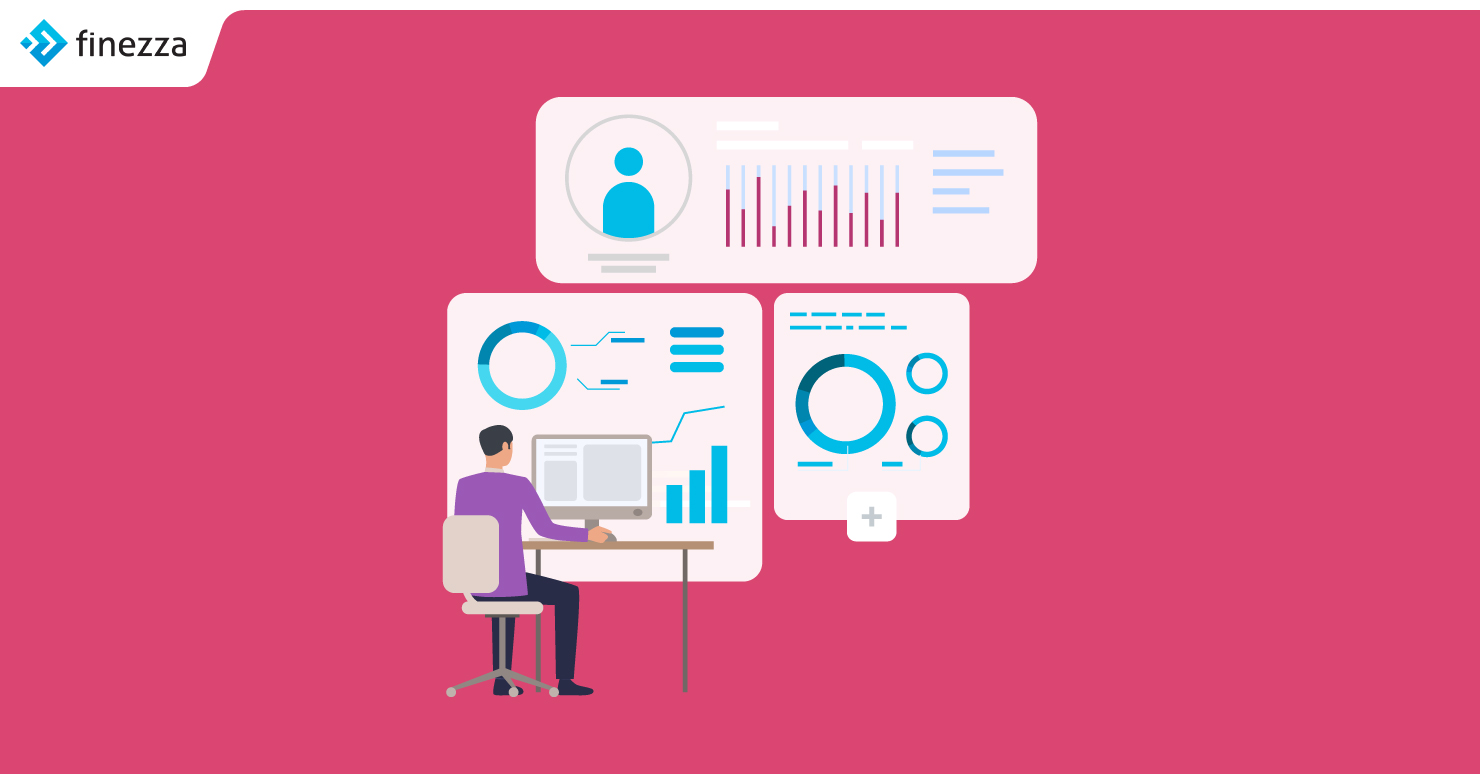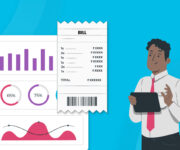Lending is a big business in India, which both, directly and indirectly, touches upon all parts of the economy and people. Apart from the banking sector, several NBFC players contribute to a major percentage of the lending business. With millions of Indians holding loans worth crores of rupees, any technology that can make life easier for the lending sector to improve mitigate the risks of defaults and frauds would be advantageous.
This is why fintech and NBFC companies are constantly looking for ways to innovate and stand out and the best part? Computer analytics might allow for just that. At its core, the lending business is a big data predicament, making it naturally suited for data analytics.
Leveraging the Power of Data in Computer Analytics
The more data you have about the borrower, the better you can assess the creditworthiness of the individual. Using the manual approach, it might be too cumbersome to gather and assimilate all the data of the borrower to make a conclusive decision.
On the other hand, using computer analytics and a lending management solution to do the work can help a great deal to analyse data from all sources to create a coherent decision.
Gathering borrower information using the traditional approach is time-consuming and does not provide the complete picture of the borrower’s profile. So, how can you ascertain the risk level of the loan and ensure that borrower’s ability to repay the loan?
There are a whole lot of factors that can ascertain the borrower’s profile. These include intrinsic as well as extrinsic factors. Therefore, lending institutions should be able to access data from multiple sources to assess the borrower’s profile from a 360-degree perspective.
Enter Analytics and technology to the rescue – combining data from multiple sources is no longer a hassle and can be obtained within a matter of minutes.
Determining Credit Worthiness
While there is no perfect or full-proof strategy to determine how likely an individual or business will pay back their loan, several lending institutions today are using modern technology including Artificial Intelligent, Machine Learning and Analytics for risk assessment.
While traditionally, lenders used to rely on credit score and income indicators only, there was no access to any alternative data sources that could provide a deeper insight into the borrower. Moreover, borrowers who do not have an established credit history have no other means of proving their creditworthiness.
Credit Risk Management Best Practices

Data by itself is not worth anything unless you make it talk and reveal insights that more accurately predict the chances of default. Computer analytics-driven companies have a resilient platform that has the scope to change the lending landscape. The more the lending firms use analytics, the better it is for the lending business.
Here are some of the best practices that help to ascertain the borrower’s risk profile:
Analytics in Credit Worthiness
New lending firms that are using analytics and artificial intelligence to predict credit behaviour gain an upper hand. The complexity is to gather as many data points and build sophisticated models that can analyse vast arrays of data. A feat that is mostly impossible to undertake manually can be easily done digitally, that too with a greater level of accuracy.
Digital Footprint Analysis for Deeper Insights
This high-end computer analytics solution looks at thousands of variables, including social media account usage, internet browsing, geo-location data, and other smartphone information. All this data is then used to decipher the borrower’s profile and their attitude towards credit.
The adage of ‘dig deeper’ applies to credit assessment as well, wherein new-age Fintech firms have started to evaluate the borrower’s vast digital footprint. Analytical models can scour tons of data including individual’s purchase history, app history, search history and more to make the job of risk assessment a lot easier.
Continuous Credit Risk Monitoring
The job is not over once the loan is disbursed. The rapidly changing ecosystem means that several imbalances and uncertainties can arise at any time. Even if the loans are good, individuals and businesses need to be monitored regularly to estimate any pain points that can emerge in the loan repayment cycle.
Risks are not static and are subject to sudden changes that can affect the status quo of the loan cycle. Therefore, lenders need to monitor and predict any loan defaults continuously.
Custom Credit Scorecards For Personalised Risk Assessment
The use of analytics and big data has paved the way for custom credit score calculation that can be a game-changer for the lending sector. There is no need to depend on credit bureau scores when you can calculate a credit score based on insights from several data points.
Identification of red flags and the ability to capture important indicators from diverse perspectives can be made possible by deploying a mix of technology, analytics and human-centric knowledge.
Advanced Risk Analytics Alleviates Bad Loans
Whether the borrower has a previous credit history or not, an advanced risk analytics system can help to delineate the complete profile. For instance, the following data points can be gathered:
- Rent, utility, cell phone and cable payments – A bank statement analysis can be used to understand the payback behaviour of the borrower
- Checking Account Data – Do the borrowers have sound financial backing? Even the GST filing information of the business can be checked here to assess the overall financial health of the business
- Shopping History – If the borrower is engaged in frivolous or unnecessary purchases without proper financial backing, it can serve as an important indicator of loan default
With such information on hand, lenders have a comprehensive profile of the borrower and can easily determine the risk level based on the complete picture than just a traditional credit score.
Without a doubt, ‘human’ or physical touch to lending is important. However, what makes the human experience greater? The utilisation of digital technologies and computer analytics takes the experience to a whole new level and can provide a competitive edge that is otherwise not possible.
Contact us at Finezza to assess where analytics can drive value for your company. We help lending firms leverage analytics to underwrite more loan applicants and identify the risk profile of borrowers that traditional underwriting methods may not detect or comply with regulations.




Leave a Reply